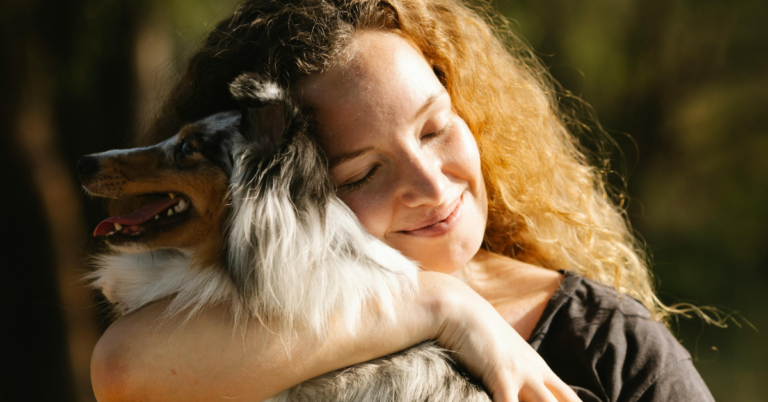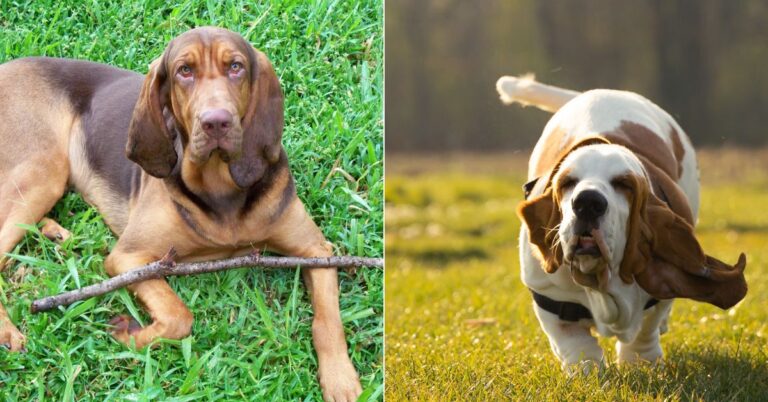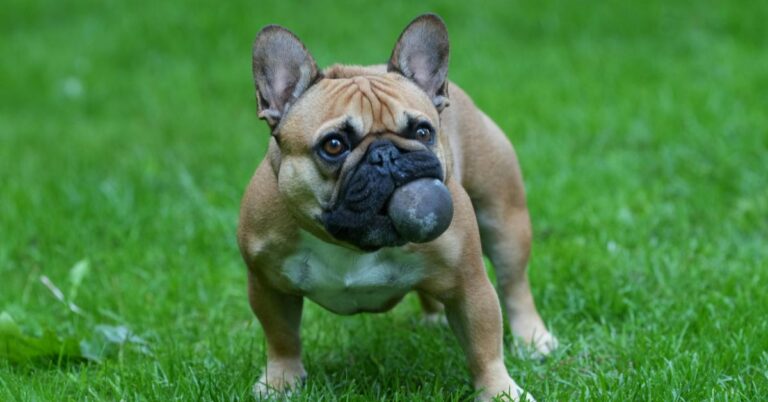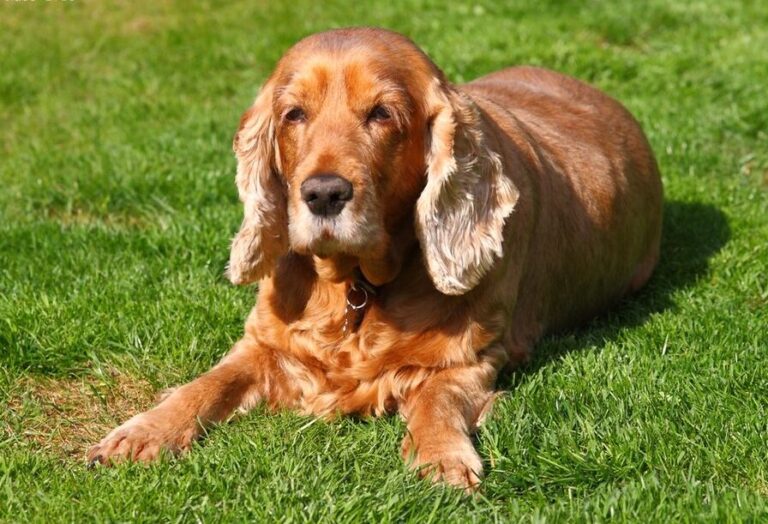10 Distinct Traits That Separate The Boerboel From The Anatolian Shepherd

Thinking of adding a Boerboel or an Anatolian Shepherd to your pack? These two impressive breeds may seem alike at first glance, but there’s more beneath the surface. Choosing between them takes more than a quick look. Let’s break down what truly sets these two powerful breeds apart and which one fits your lifestyle best.
Geographic Origins That Shape Protective Behavior

Boerboels were bred in South Africa to guard homesteads from human threats. Anatolian Shepherds originated in Turkey to protect livestock from wild predators over vast terrains. Their environments shaped not only their alertness but also how they respond to unfamiliar people and animals.
Physical Builds Designed For Different Work Roles
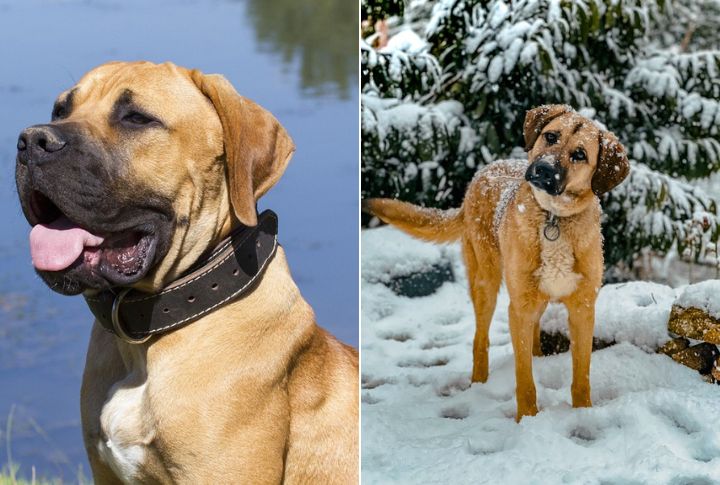
Powerful and broad-chested, the Boerboel was built for short bursts of force. The Anatolian, by contrast, is tall, lean, and built for stamina across open land. One dominates in close quarters, while the other roams with ease over long distances without losing effectiveness.
Guarding Methods Used In Daily Territorial Duties

Boerboels confront threats head-on, often standing their ground between intruders and their homes. Anatolians take a subtler route—scanning their territory, stepping in only when necessary. Their guarding approaches differ sharply: one is proactive and visible, and the other is silent and steady until danger crosses the line.
Reactions To Strangers In Home And Field Settings

When unfamiliar people show up, Boerboels may bark, block, or stand firm. Anatolians might watch from a distance without immediate confrontation. For owners, this means Boerboels often demand more front-end management, while Anatolians rely on judgment and spatial awareness over outright engagement.
Training Requirements Based On Owner Experience

Boerboels, though strong-willed, can excel with a firm consistency. Anatolians think for themselves and resist repetition, requiring trust over control. Neither breed is ideal for beginners, but Boerboels are often more trainable for owners used to working with assertive, people-oriented dogs.
Exercise Needs To Be Aligned With Energy And Lifestyle

If you’re in a smaller home or urban area, the Boerboel’s steadier energy might be a better match. Anatolians thrive with room to roam and purpose to fulfill. Daily walks aren’t enough—they need real tasks, secure space, and land. Their well-being depends on working, not simply staying active.
Coat Types Suited To Climate And Environment
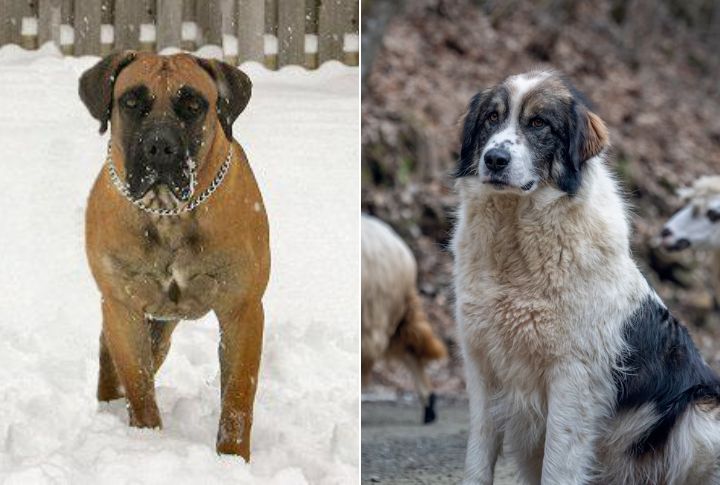
Anatolians thrive in cold climates, their dense coats built for icy conditions. Boerboels, with thinner fur, are more comfortable in the heat. A Boerboel in snowy regions will need extra warmth, just as an Anatolian in hot weather needs shade, cool spaces, and regular grooming.
Health Profiles Showing Unique Breed Concerns

Hip and elbow dysplasia often hits Boerboels early without joint screening. On the other hand, Anatolians face risks like bloat, which can be fatal if unmanaged. Both breeds benefit from lean diets and responsible breeding. Expect large-dog medical needs, but the issues they face aren’t entirely the same.
Socialization Approaches For Stable Adult Behavior

Without early socialization, Anatolians may become aloof and distant, and Boerboels can grow overly territorial. Both need focused exposure—Boerboels to soften assertiveness, Anatolians to build openness. In the end, how they’re raised influences their behavior more than natural instincts alone.
Legal Restrictions That Affect Breed Ownership

Across parts of the U.S., Boerboels face restrictions under breed-specific laws. Some of the cities have bans or ownership requirements for Boerboels. Anatolians rarely fall under such rules. Knowing your local laws before bringing either dog home could save you serious legal trouble.
